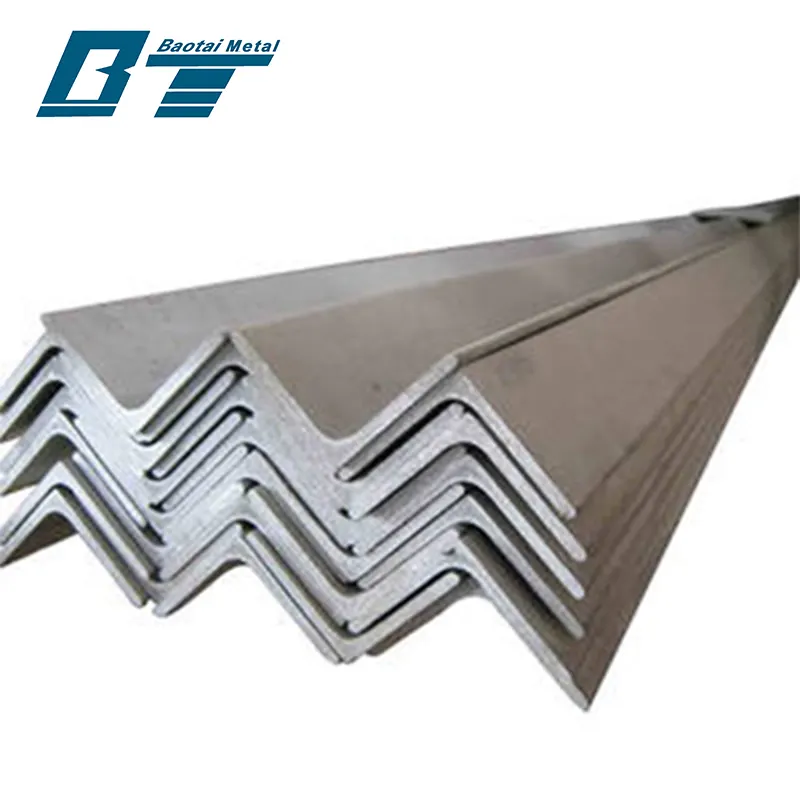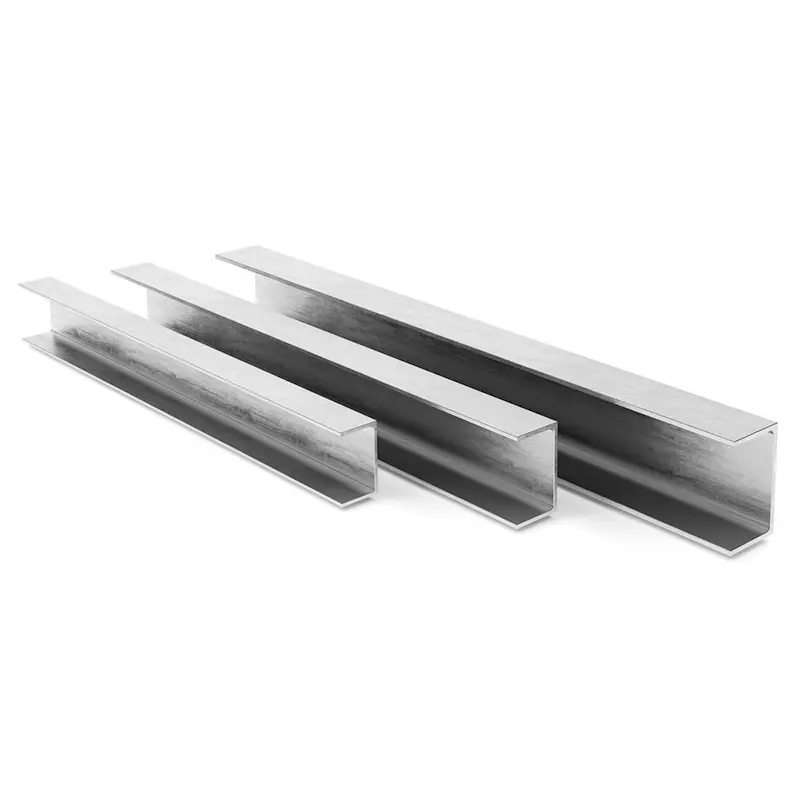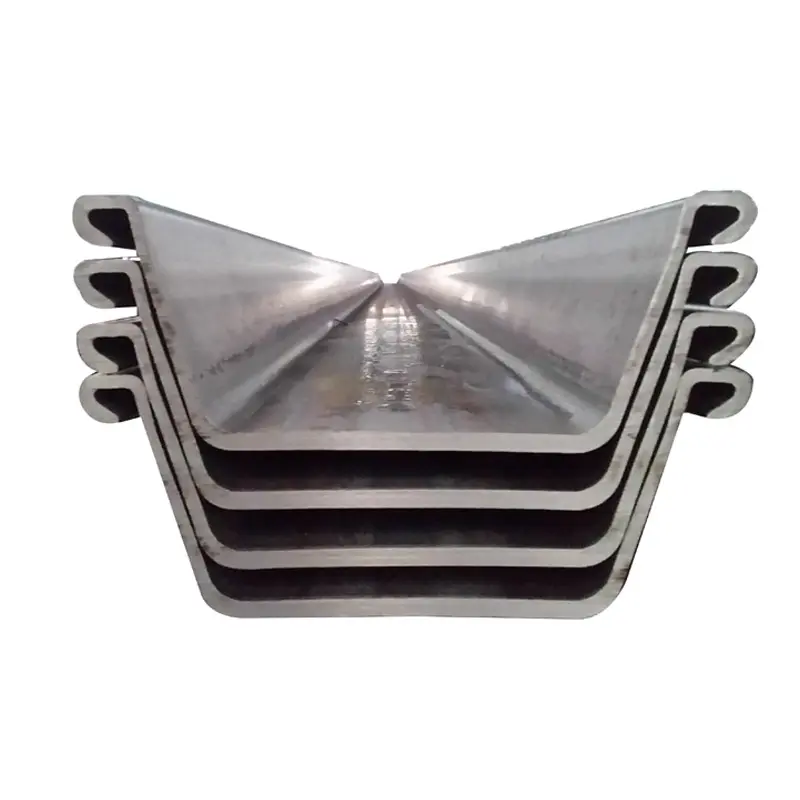Angle bar prices are influenced by raw material costs, manufacturing processes, product specifications, and market dynamics. Iron ore and scrap steel prices drive the base cost, with fluctuations in global supply (e.g., mining disruptions or scrap metal tariffs) impacting volatility. Manufacturing costs include energy for hot rolling, labor for cold forming, and expenses for surface treatments (galvanizing can add 15–30% to base price). Product specifications such as leg length, thickness, and grade (high strength vs. standard) directly affect pricing—for example, an ASTM A572 Grade 50 angle bar may cost 20–30% more than ASTM A36 due to alloying elements and heat treatment. Regional factors like transportation costs, import duties, and local steel production capacity also play a role, with coastal areas often paying less for imported angles than landlocked regions. Market demand cycles, such as construction booms in Asia or infrastructure stimulus packages, can cause short term price spikes. Wholesale buyers can negotiate better rates through bulk orders (over 10 tons), long term contracts, or off season purchasing, while spot buyers may face higher prices during peak demand. Price transparency tools like steel market indices and supplier portals help stakeholders monitor trends, with historical data showing that angle bar prices typically track global steel benchmarks like the CRU Steel Price Index.


